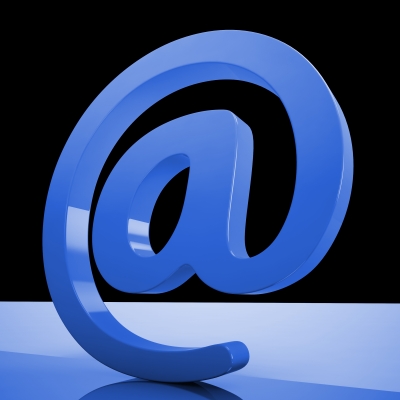Recent Posts

23
Jun
Getting Started With an Email Newsletter
In this internet savvy age it is now even easier than ever before to stay in touch with people interested in your freelance writing. Facebook, Twitter and other social networking sites are a great way to post links to your recent work. There are many sites out there that also enable you to create your own website where your online writing can be showcased. However there is another means of creating publicity for your online work and that is through email, a way of staying in touch with people now overlooked with the rise of social media. A regular newsletter sent by email will keep people in touch with your work. It will be less likely to be overlooked than a Facebook post which could become lost in the numerous updates of others.
Consider the following if you decide to showcase your work by an email newsletter:
- Create a list of people who will be interested in hearing your writing news. Many people are bombarded with unwanted email every day so consider your readership. Choose the people who would value your newsletter and the people that you would value in reading it. Ask people if they would like to subscribe to your newsletter and be faithful to them. Perhaps send your first newsletter out but ask the reader to respond on whether they would like to be a regular subscriber or not.
- Consider the frequency of emails. Possibly a daily email would be too much for yourself and the reader. Therefore consider weekly, bimonthly or monthly. Remind people that you exist but don’t pop up too often that people become tired of reading your newsletter.
- Keep your newsletters short and to the point. This will maintain the interest of the reader. Why are you sending the newsletter? Is it to promote yourself, e.g. writing achievements and speaking engagements? Will you be sending links to your work? Do you intend it to be an encouragement for other online writers? Consider your readership and stick to the theme that people have subscribed into. That way your newsletter will always be relevant to your reader.
- Make your newsletter easy to read. It would be terrible if people didn’t bother reading what you send to them. You may know from experience in receiving newsletters that it can become tiresome if there is too much content. It possibly encourages you to skim read. Therefore consider how best to present your content. Bullet points, bold text, use of color, subject lines etc. can highlight and draw people to the relevance of what you are trying to convey.
- Perhaps use an automated email newsletter service that handles the subscription process. Services such as MailChimp and TinyLetter help you to organise subscribers and archive newsletters.
- Allow your newsletter to evolve through feedback . Your readers may respond to you with elements of your newsletter that they find particularly useful or not. Respect your subscribers and consider the validity of any thoughts they may have.
Email need not be the archaic means of communication. You have a voice to be heard and regular contact with your readership will enable you to do that. Explore the use of email and hopefully interest in you and your online writing will grow.







 at
at